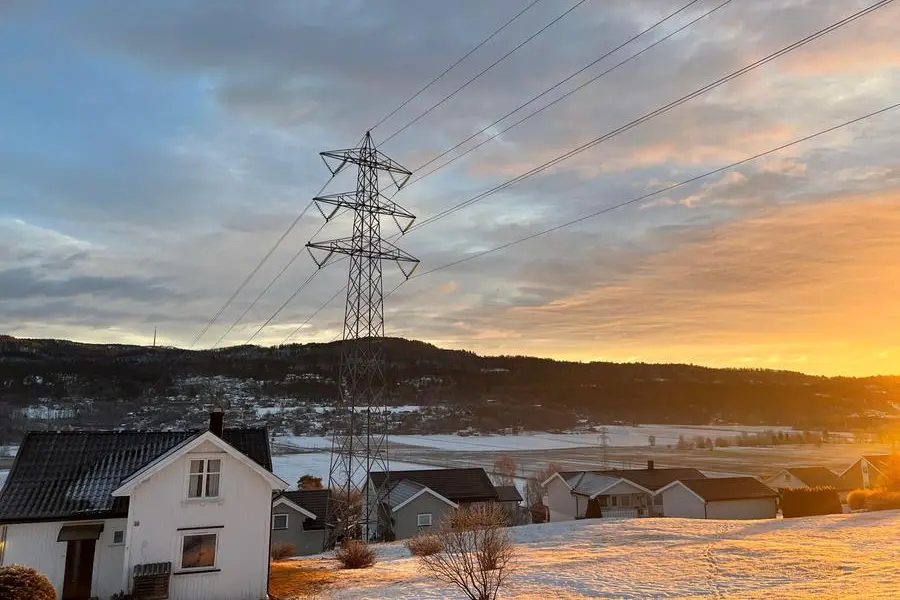PHOTO
Norway's transmission grid operator Statnett said on Friday it now expects the country's power surplus to disappear from 2028, a year later than previously thought, citing slower demand growth due to high prices in 2022 and delays to some projects.
Norway's electricity supply-demand balance will fall from a 19 terawatt hours (TWh) surplus this year to zero in 2028, according to Statnett's latest short-term market analysis covering the next five years.
It previously forecast a deficit from 2027.
Some electrification projects in the petroleum sector have been postponed since last year's forecast, while high prices in 2022 also caused a more permanent drop in general demand than previously thought.
"In sum this means that the growth in demand is somewhat pushed out in our new base case forecast," Gunnar Lovas, Statnett's head of markets and system development said in a statement.
Last year's analysis forecast annual demand of 164 TWh in 2027, which has now been cut to 157 TWh.
Demand is set to rise by 26 TWh between 2023 and 2028 to 163 TWh in Statnett's base case scenario, while production is only expected to increase by 7 TWh to also hit 163 TWh.
Norway relies almost entirely on hydro and onshore wind power to cover its demand, and is currently looking to build its first offshore wind farms by 2030, with solar power installations also growing but at a very low level.
Statnett's latest numbers are still somewhat gloomier than an analysis from the Norwegian Water Resources and Energy Directorate (NVE), which expected to see a 4 TWh surplus still in 2028, also citing slower demand recovery. (Reporting by Nora Buli, editing by Terje Solsvik)























